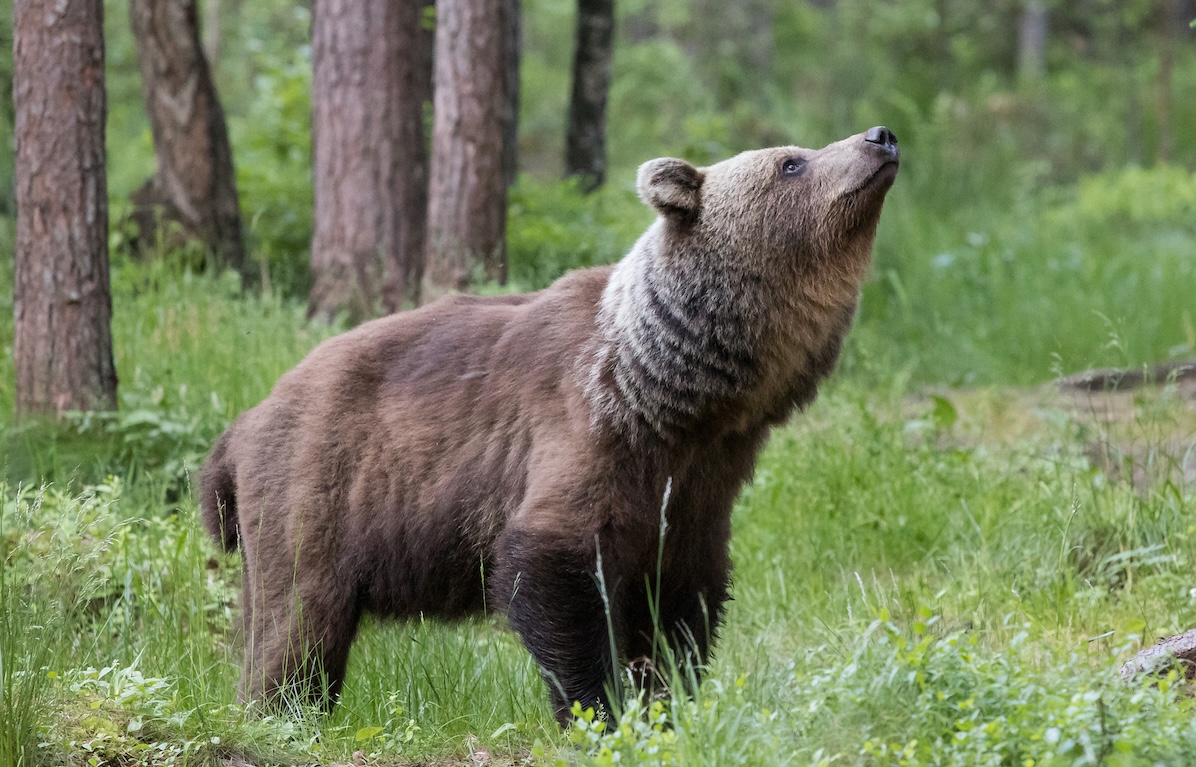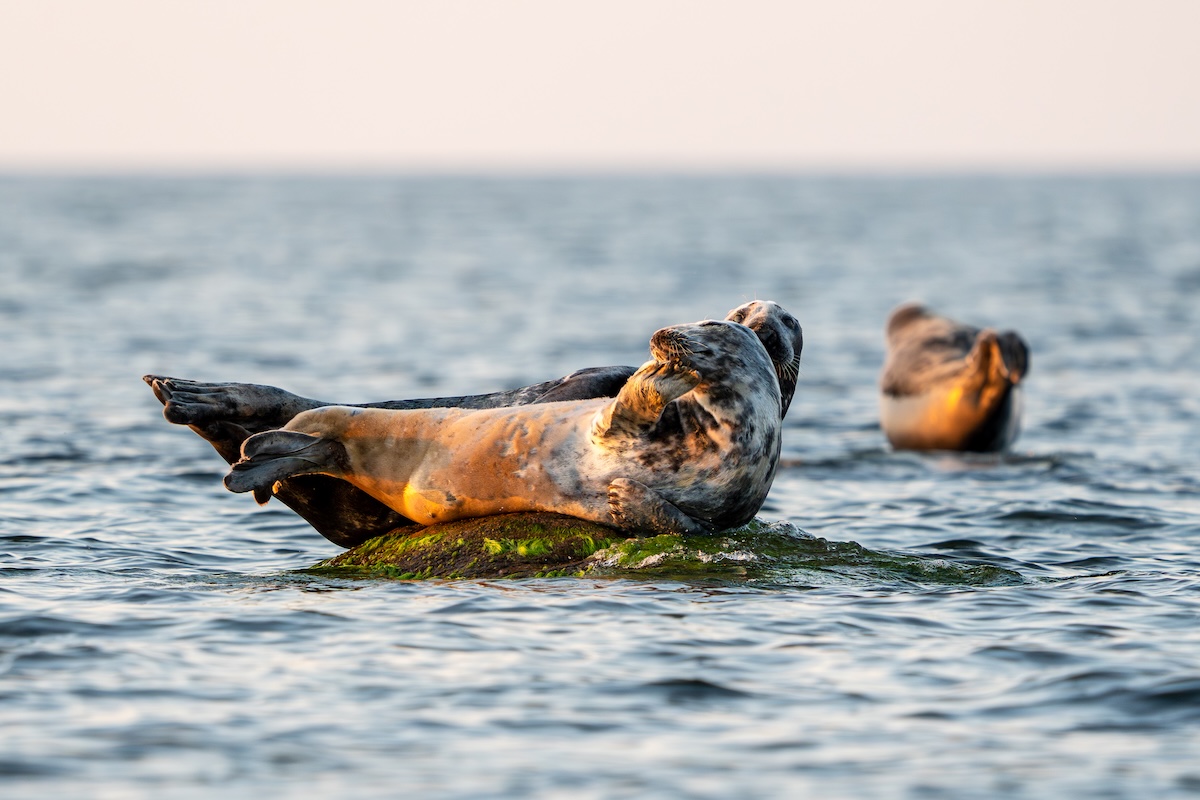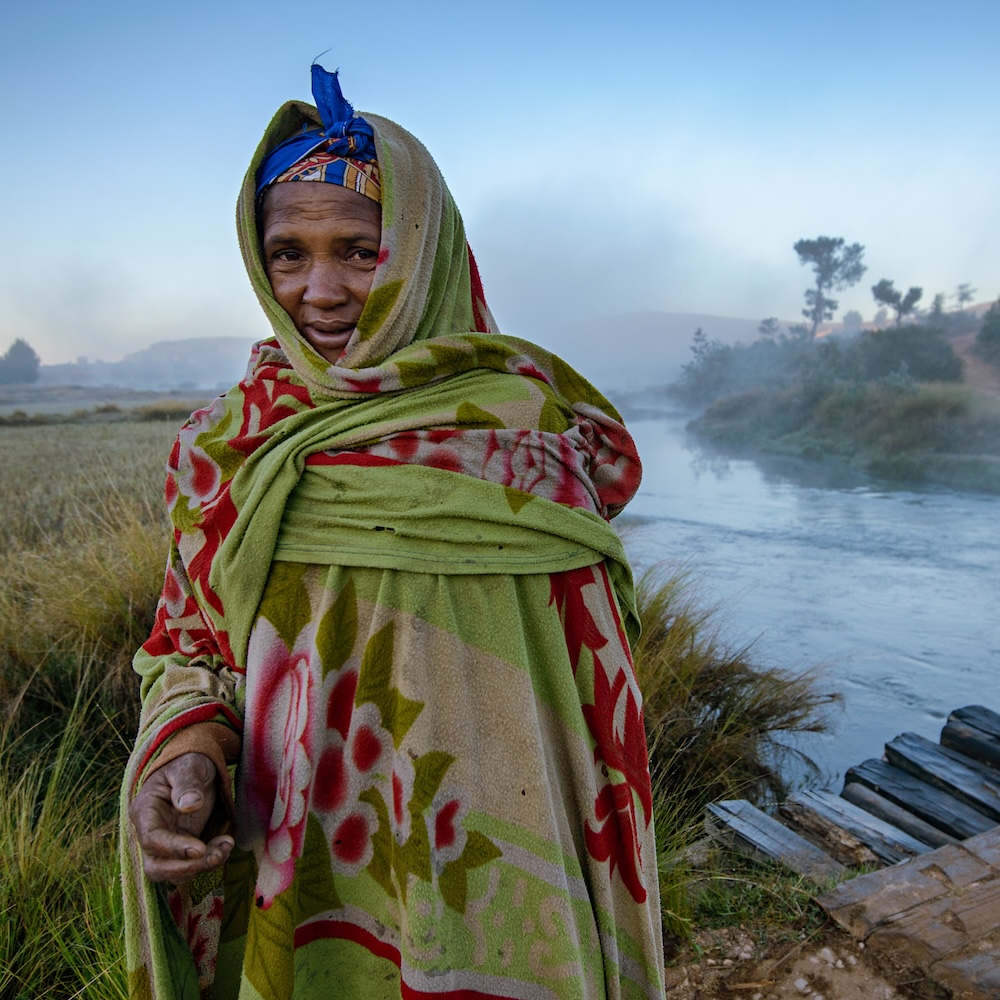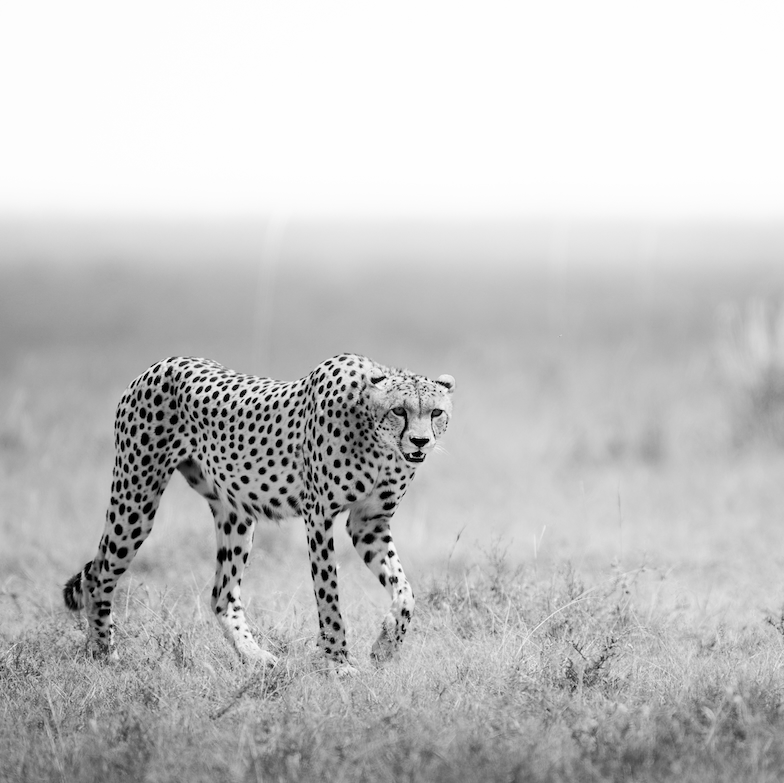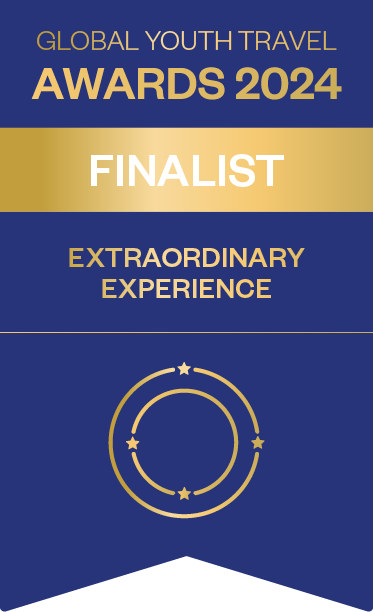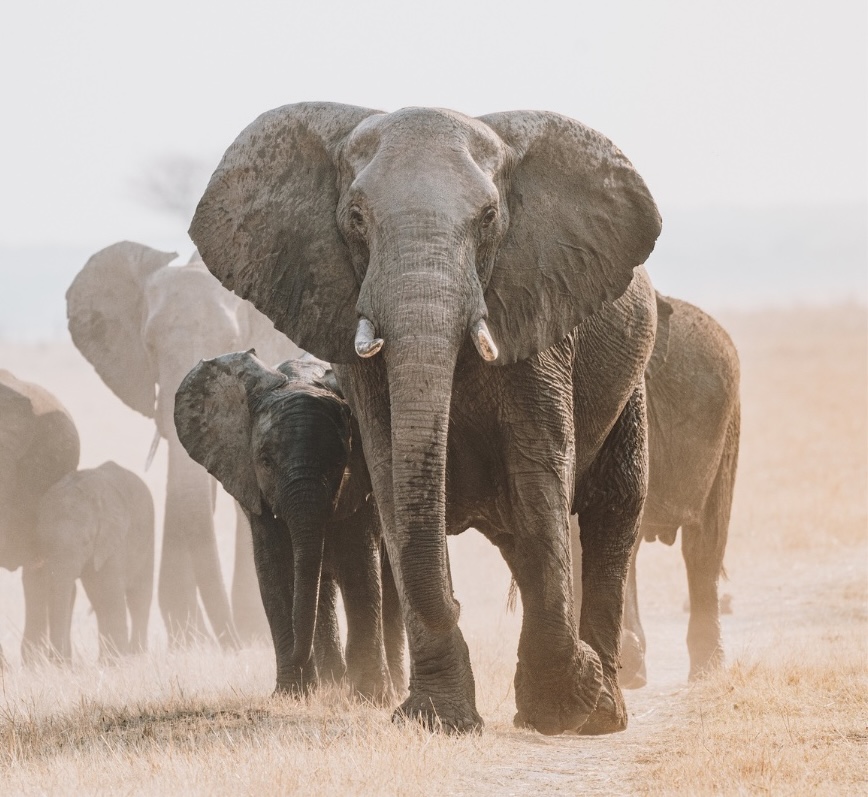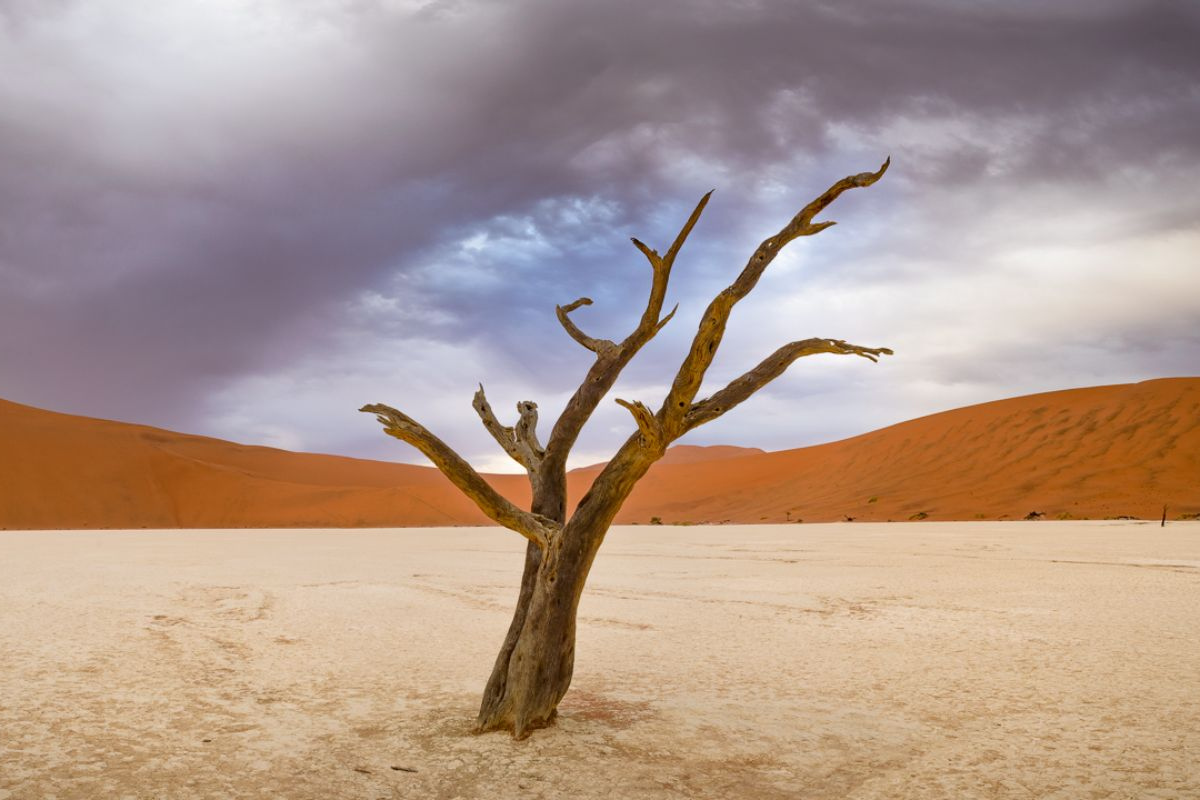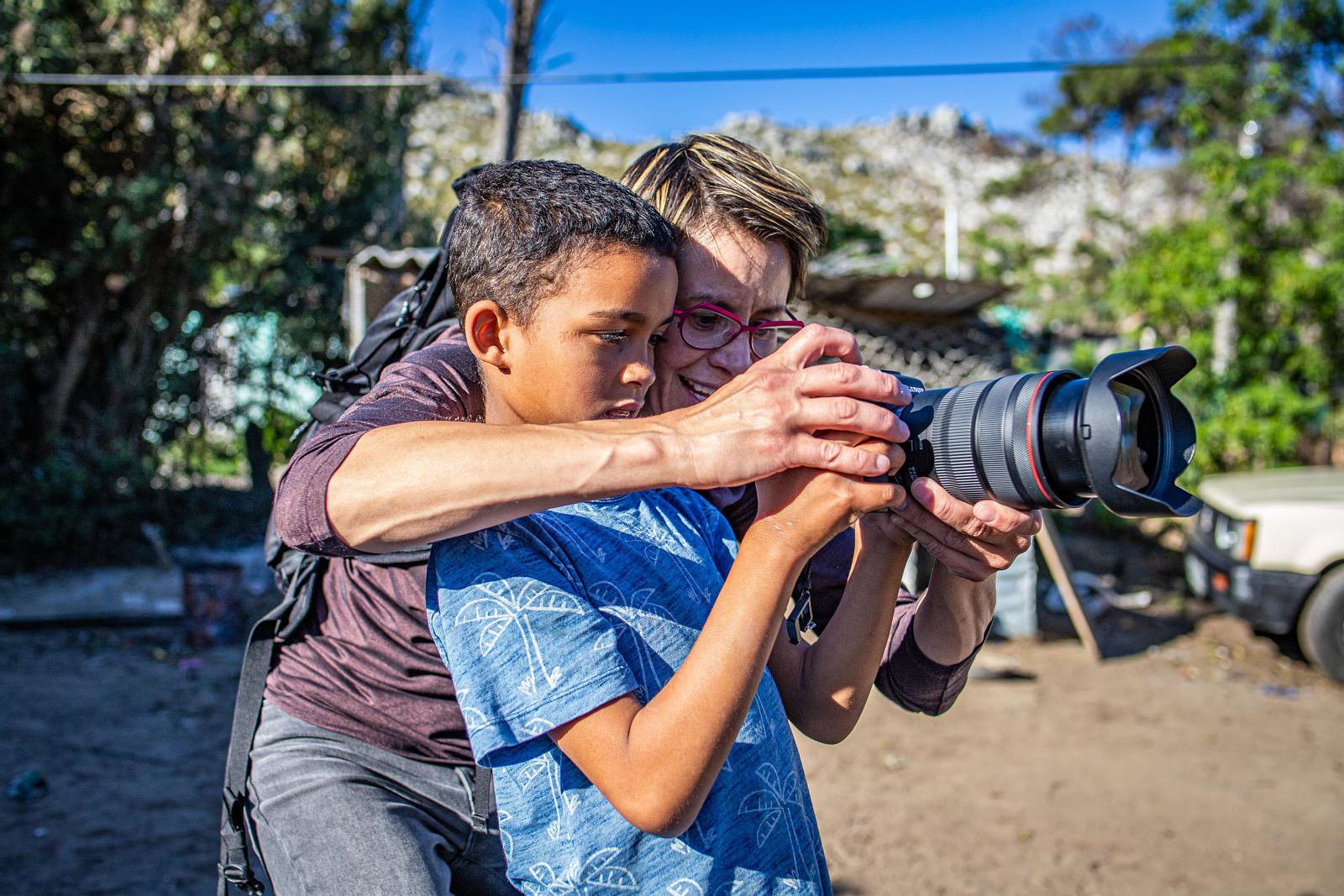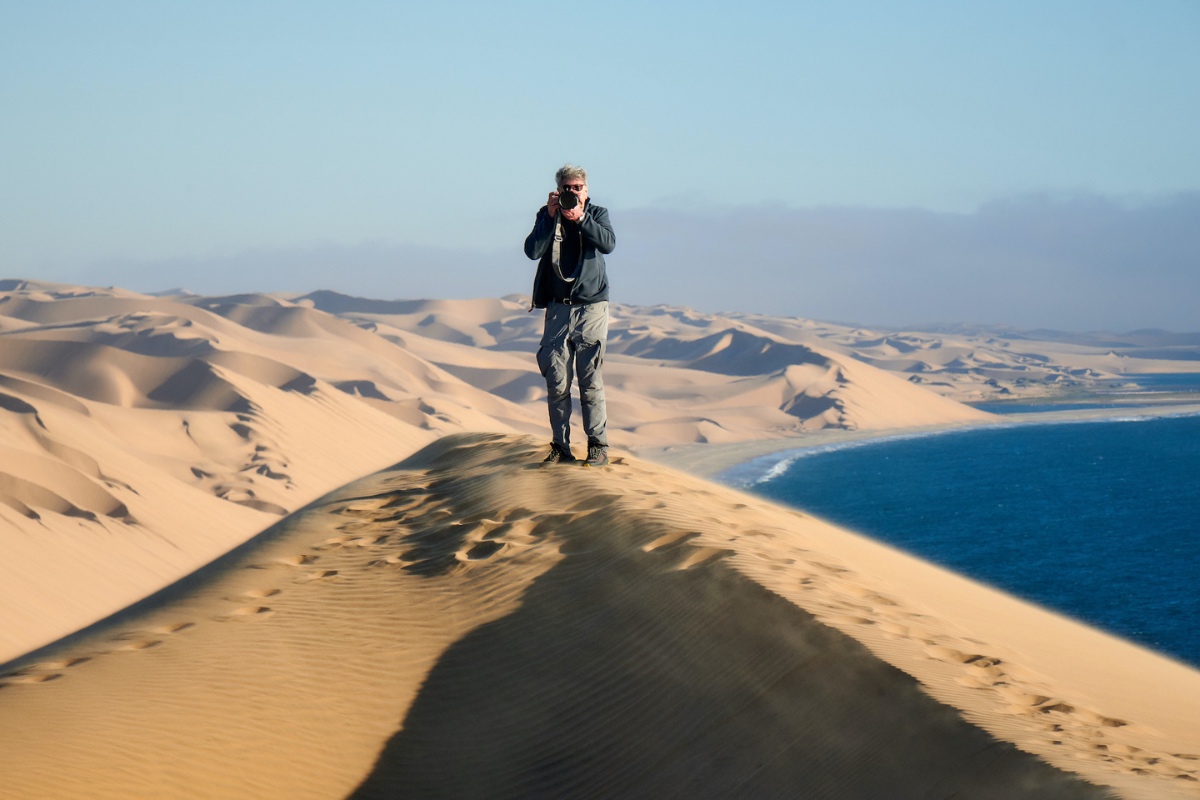Estonia is a country where wildlife-rich forests, quiet bog landscapes, and a striking Baltic coastline all sit within easy reach of one another, making it an unusually practical and rewarding destination for photographers. With our new Estonia Photo Tour, we’ll be exploring these varied environments at a pace that allows for real observation, early-morning encounters, and thoughtful landscape work. Leading the way is local photographer Marko Poolamets, whose deep knowledge of the region helps us access places and species that many visitors never see. Below, Marko shares his perspective on what makes Estonia special and what photographers can look forward to on the trip.
All images by Marko Poolamets


